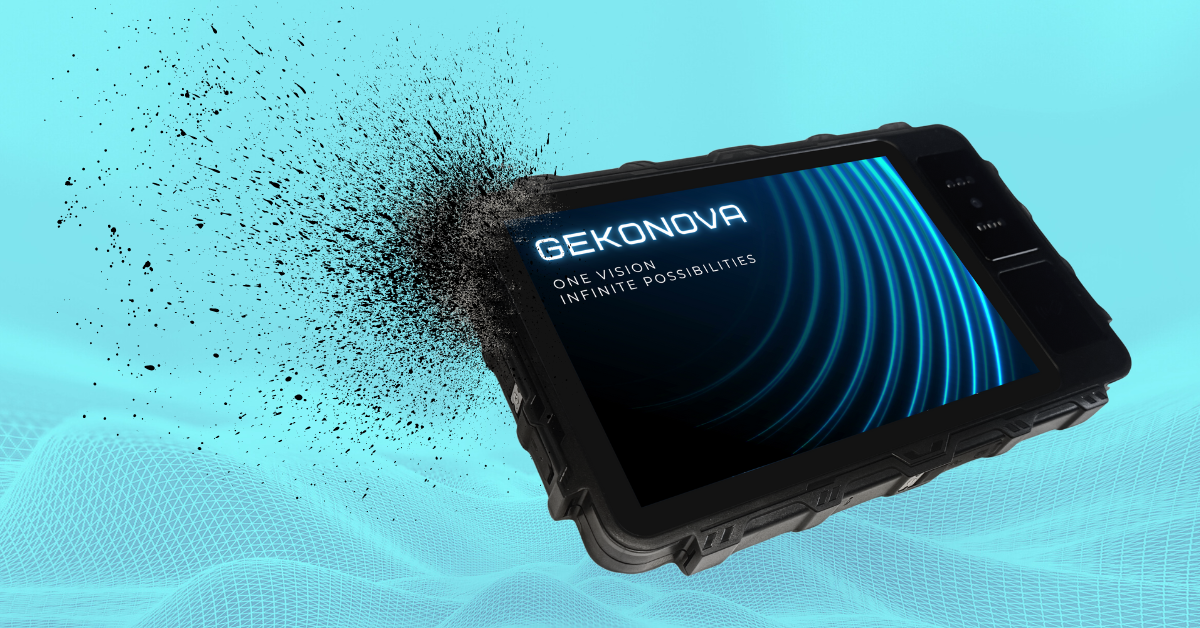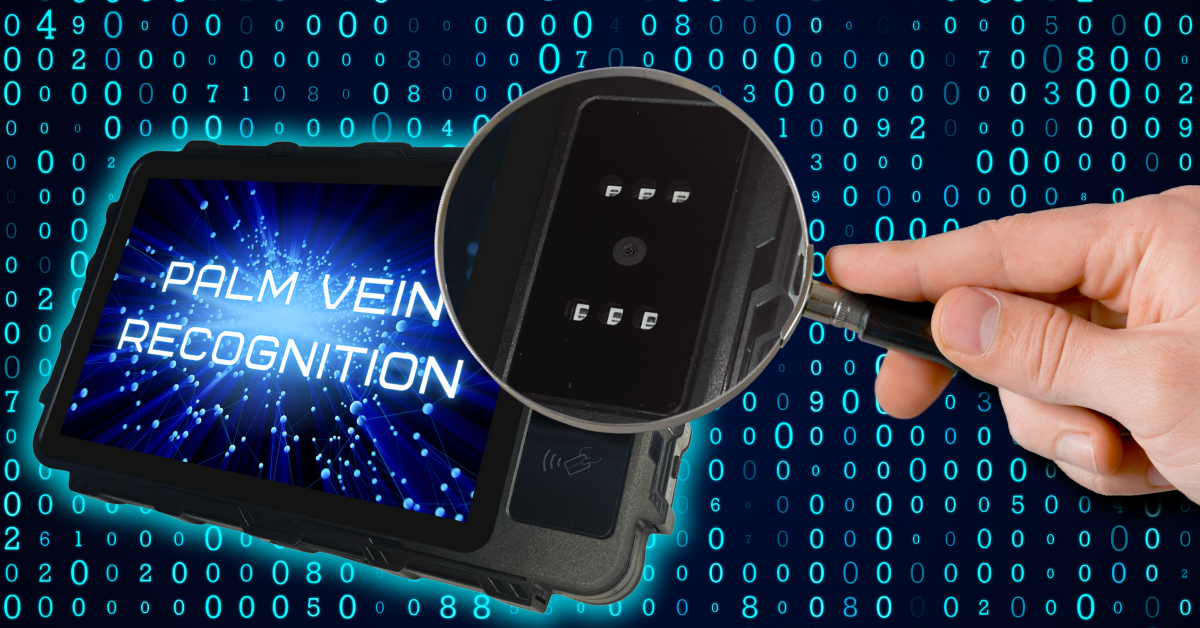Categories
Maintenance is crucial for maintaining the reliability and precision of palm vein scanners, which use advanced biometric technology to authenticate users by mapping unique vein patterns in the palm. Proper care ensures these devices deliver secure and efficient identity verification for applications like access control or employee authentication.
This guide offers 10 detailed palm vein tips to optimize your scanner’s performance, drawing from practical experience to address common challenges and enhance device longevity.

Palm vein scanners leverage near-infrared light to detect vein patterns beneath the skin, offering a highly secure biometric authentication method. These devices are sensitive to environmental factors, user interaction, and hardware conditions, making regular maintenance essential. By adopting a maintenance schedule tailored to their unique requirements, you can prevent issues like scan errors or hardware wear, ensuring consistent performance.
The scanner projects near-infrared light to capture deoxygenated hemoglobin in the palm’s veins, creating a unique digital template for authentication. Key components include the infrared sensor, optical lens, and processing module, all of which demand careful upkeep to maintain scan accuracy.
Without proper care, palm vein scanners risk reduced accuracy, increased false rejections, or hardware failure. Factors like dust accumulation, improper usage, or extreme environmental conditions can impair performance. Palm vein tips emphasize proactive maintenance to safeguard device functionality and extend its operational life.
These 10 palm vein tips provide actionable strategies to keep your scanner in top condition, combining technical insights with practical advice for effective maintenance.
Dust, smudges, or skin oils on the scanner’s lens can obstruct infrared light, causing scan inaccuracies. Use a soft, microfiber cloth lightly moistened with distilled water or a manufacturer-recommended cleaner.
Avoid harsh chemicals or abrasive materials that could scratch the lens. Clean the scanner at least twice weekly in high-traffic areas, as this palm vein tip significantly reduces misreads.
Palm vein scanners perform best under specific conditions. Maintain the following:
Exposure to direct sunlight can damage the infrared sensor over time, affecting scan quality. Position the scanner in a shaded location or use a protective cover during idle periods. This palm vein tip preserves the sensor’s sensitivity and extends its lifespan.
Calibration ensures the scanner accurately maps vein patterns. Follow manufacturer guidelines, typically recommending calibration every 6–12 months based on usage. For high-volume systems, such as those in corporate offices, quarterly calibration may be necessary.
Improper hand positioning is a common cause of scan failures. Train users to:
Manufacturers release firmware and software updates to enhance scanner performance, fix bugs, or improve security. Check for updates every three months and install them promptly. Coordinate with your IT team, as some systems may apply updates automatically. This palm vein tip ensures compatibility and optimal functionality.
Regularly inspect the scanner for signs of damage, such as cracked lenses, worn cables, or loose parts. Even minor scratches can distort vein pattern capture. If damage is found, contact the manufacturer for professional repair. Routine checks prevent small issues from escalating.
Electrical surges can fry the scanner’s internal circuits. Use a surge protector or uninterruptible power supply (UPS) to stabilize voltage, especially in regions with unstable power grids. This palm vein tip safeguards the device’s electronics from unexpected damage.
Most palm vein scanners include diagnostic tools to monitor metrics like scan speed, error rates, and false rejections. Review these monthly to detect early signs of trouble, such as declining sensor performance or software issues.
For portable or temporarily unused scanners, store them in a climate-controlled, dust-free environment. Use a padded case to protect against physical damage. This palm vein tip is especially relevant for mobile units used in field operations, ensuring they remain ready for deployment.
Despite diligent maintenance, palm vein scanners may face occasional challenges. Here are common problems and palm vein tips to resolve them:
Verify hand positioning and clean the lens. Recalibrate the scanner if issues persist.
Ensure software is updated and check network connectivity for integrated systems.
Confirm environmental conditions are within range and inspect for physical damage. Contact support if needed.
Adopting a proactive approach to maintenance amplifies the effectiveness of our palm vein tips.
Schedule routine inspections and assign trained staff to handle tasks like calibration or firmware updates.
Keep a detailed maintenance log to track cleaning schedules, updates, and performance reviews, helping identify trends and prevent recurring issues.

By implementing these palm vein tips, you can ensure your scanner delivers consistent, accurate, and secure performance. Regular cleaning, environmental control, and user training, combined with proactive monitoring, maximize the device’s lifespan and return on investment. Stay diligent, adhere to manufacturer recommendations, and leverage these strategies to keep your palm vein scanner in peak condition for years to come.